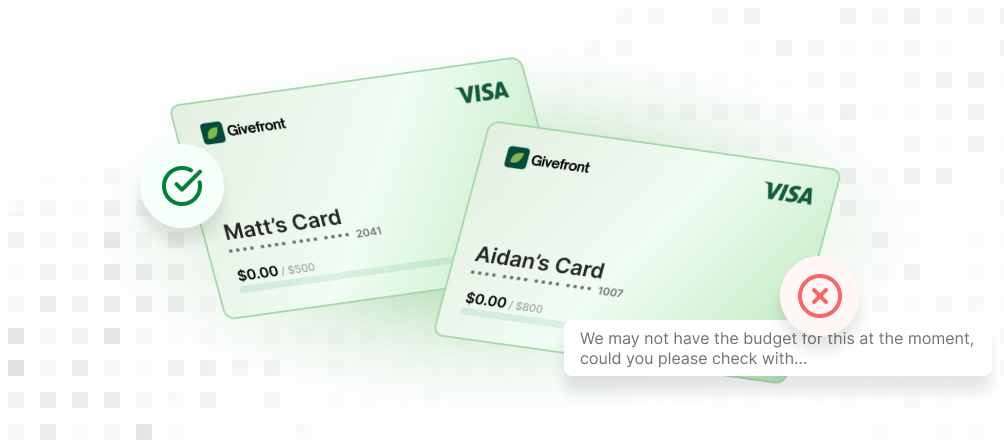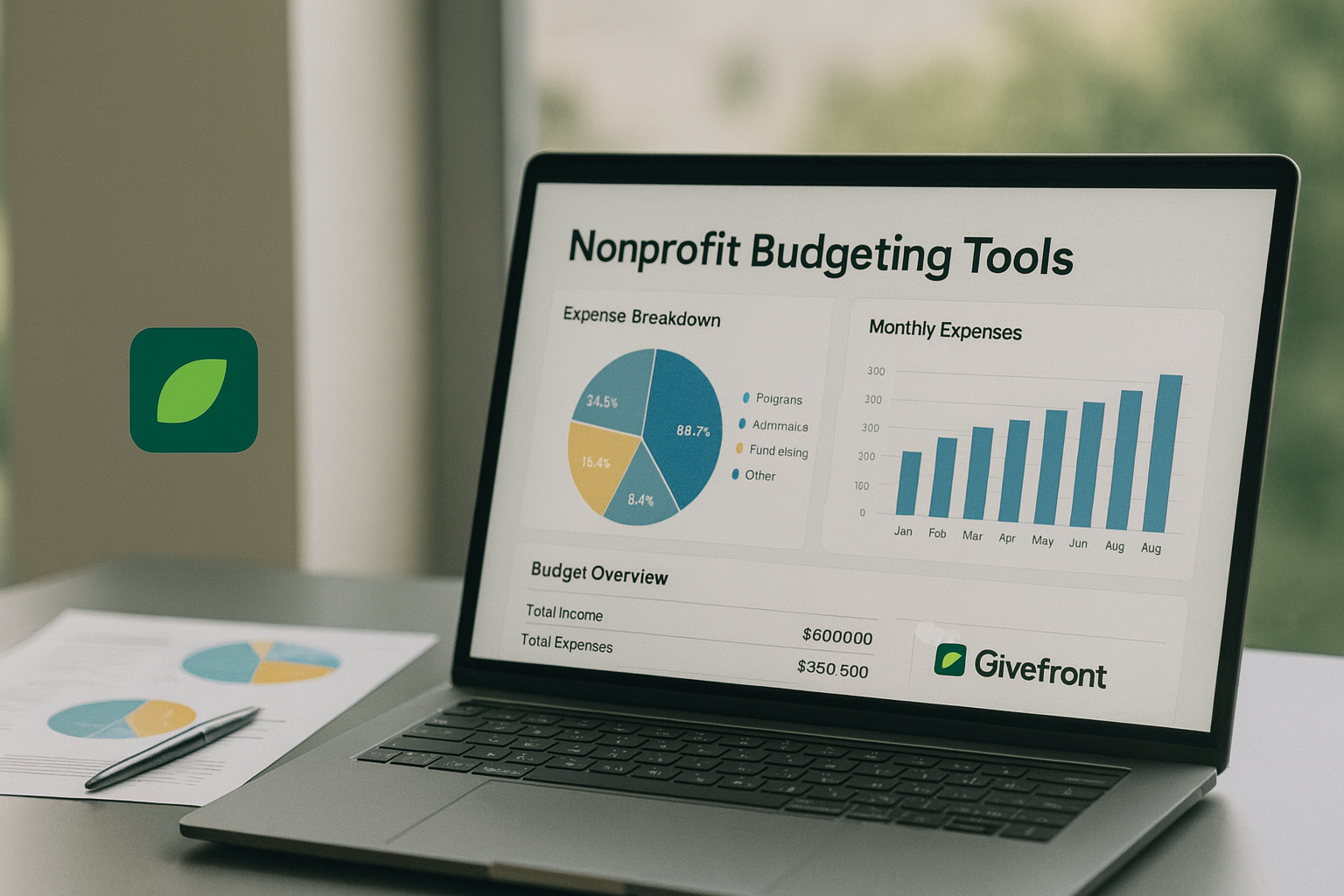Budgeting is the backbone of every nonprofit’s success. Without a clear plan for how funds will be allocated, even the most impactful missions can face financial strain. A strong budget helps nonprofits deliver programs effectively, stay compliant with funder requirements, and build confidence with donors and boards.
Yet nonprofit budgeting is rarely simple. Between restricted funds, grant-specific reporting, seasonal donations, and multiple program budgets, traditional spreadsheets often break down. That’s why more organizations are adopting nonprofit budgeting tools designed to simplify planning, improve collaboration, and provide real-time visibility.
This guide explores why budgeting matters, what to look for in nonprofit budgeting software, and the best solutions available today.
Why Nonprofit Budgeting Matters
Nonprofits are more than financial stewards — they are stewards of public trust. Every grant, donation, and program expense carries an expectation of careful, mission-aligned use. A strong budgeting process provides:
- Accountability: Clear reporting for boards, auditors, and funders.
- Sustainability: Visibility into current and future cash needs.
- Grant Compliance: Budgets tied directly to restricted funds and program outcomes.
- Transparency: Donor and community confidence in how resources are spent.
Without structure, nonprofits risk overspending, underutilizing funds, or scrambling during audits and 990 filings.
What to Look for in Nonprofit Budgeting Tools
When evaluating budgeting software, nonprofits should prioritize:
- Fund and Grant Tracking: Ability to plan by program, grant, or restricted fund.
- Collaboration: Involving staff and managers in building budgets, not just finance teams.
- Scenario Planning: Modeling the impact of changes in funding or expenses.
- Integration: Connecting with accounting software for a complete picture.
- Audit-Ready Reporting: Generating reports that align with 990 filings and grantor requirements.
Best Nonprofit Budgeting Tools in 2025
Here are the top budgeting platforms nonprofits can use to modernize their financial planning.
1. Givefront
Givefront is the only budgeting platform built exclusively for nonprofits — and it’s free. Nonprofits can tag expenses by grant, fund, or program, set budgets with real-time visibility, and automatically collect receipts from staff. Integrated reimbursement and expense tracking means budgets stay aligned without manual data entry. Givefront also generates audit-ready reports, helping organizations stay compliant with funders and the IRS.
Best for: Nonprofits of any size that want free, nonprofit-specific budgeting and spend management.
2. Questica Budget
Questica is a powerful budgeting solution used by nonprofits and public sector organizations. It handles operating budgets, capital projects, and performance tracking, making it well-suited for larger organizations with complex funding streams.
Best for: Large nonprofits with multi-program or capital project budgets.
3. XLerant (BudgetPak)
XLerant focuses on collaborative budgeting, giving department heads and program managers an easy way to participate in the budget process. Its user-friendly interface and built-in workflows improve accuracy and accountability.
Best for: Mid-sized nonprofits looking for cross-team collaboration.
4. Martus Solutions
Martus offers cloud-based budgeting and reporting built specifically for nonprofits. It integrates with major accounting platforms and allows organizations to manage budgets at the grant and program level.
Best for: Nonprofits that need detailed reporting by grant or restricted fund.
5. Planguru
Planguru provides forecasting, budgeting, and scenario analysis, making it easier for nonprofits to prepare for uncertain funding environments. It’s a solid step up from spreadsheets, especially for organizations ready to model multiple financial scenarios.
Best for: Smaller nonprofits looking for affordable forecasting and planning tools.
6. Adaptive Insights (Workday Adaptive Planning)
Adaptive Insights is an enterprise-level financial planning platform. While not nonprofit-specific, it offers robust forecasting, reporting, and scenario modeling features that larger organizations can tailor to their needs.
Best for: Large nonprofits with complex reporting and forecasting requirements.
How to Build a Better Budget
No matter which tool you choose, successful budgeting requires strong practices. Involve program staff early in the process, align budgets with fundraising strategies, monitor progress monthly, and separate restricted from unrestricted funds. Budgeting software makes these practices easier to implement consistently, but leadership buy-in is what makes them sustainable.
Final Thoughts
The best nonprofit budgeting tools give organizations clarity, control, and compliance. Spreadsheets may work for small grassroots teams, but they can’t keep up as complexity grows. Tools like Givefront, Questica, XLerant, Martus, Planguru, and Adaptive Insights allow nonprofits to modernize budgeting, improve transparency, and free up time to focus on mission delivery.
📩 Ready to see how free nonprofit budgeting works in practice?
🌐 Book a demo
📧 contact@givefront.com
.png)




















.png)
.png)

.png)